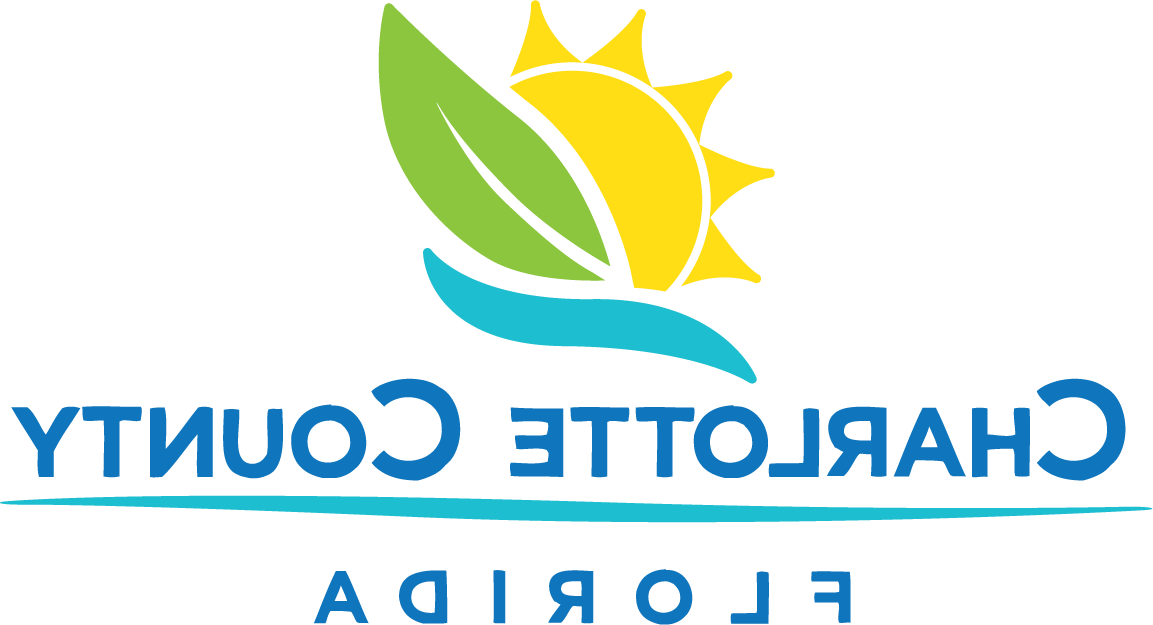Benefits of Artificial Reefs

- Improve fisheries
- Protect our shorelines
- Improve water quality
- Promote local economy
- Create habitat for endangered and threatened species
When planning the construction of an artificial reef, Charlotte County makes every attempt to meet the following objectives:
- Enhance private recreational and charter fishing and diving opportunities.
- Provide a socio-economic benefit to the local communities.
- Increase reef fish habitat.
- Reduce user conflicts.
- While accomplishing the first four objectives, do no harm to the resources, natural habitat, or to human health.
Currently, Charlotte County has eight artificial reefs,  two in the harbor and six offshore. View the Interactive Map of Charlotte County's Artificial Reefs.
two in the harbor and six offshore. View the Interactive Map of Charlotte County's Artificial Reefs.
Help Protect and Share the Reef
- Anchor in sandy areas away from reefs and seagrasses.
- Don’t touch the reef and be mindful about stirring up sediment.
- Don’t litter.
- Check that your sunscreen does not contain ingredients known to be harmful to marine life, Oxybenzone and Benzopheneone-3 (BP-3).
- Approach the reef area slowly.
- Try to make contact with other boaters before approaching a reef site being used.
- A minimum distance of 300 feet must be maintained when a dive flag is displayed.
Threat to our Reefs
- Derelict fishing gear.
- Invasive Species
- “Bleaching” has been observed on several of the County’s Reef.
History
In Florida during the late 1950s, local businesses and clubs were deploying materials (bridges primarily) to create artificial reefs in the Gulf of Mexico. In 1982, the State created the Artificial Reef Program to assist local governments in building artificial reefs.
 Charlotte County's first reef was deployed in 1960 by a local fishing club off of Englewood Beach. From the early 1980s to 2008, the local Sea Grant Agent assisted Charlotte County government in developing and implementing the Artificial Reef Program. In 2009, the program became the responsibility of Charlotte County's Parks and Natural Resources Division. Today, with the continued help of local dive groups, fishing clubs, and local businesses, the program continues to grow.
Charlotte County's first reef was deployed in 1960 by a local fishing club off of Englewood Beach. From the early 1980s to 2008, the local Sea Grant Agent assisted Charlotte County government in developing and implementing the Artificial Reef Program. In 2009, the program became the responsibility of Charlotte County's Parks and Natural Resources Division. Today, with the continued help of local dive groups, fishing clubs, and local businesses, the program continues to grow.






